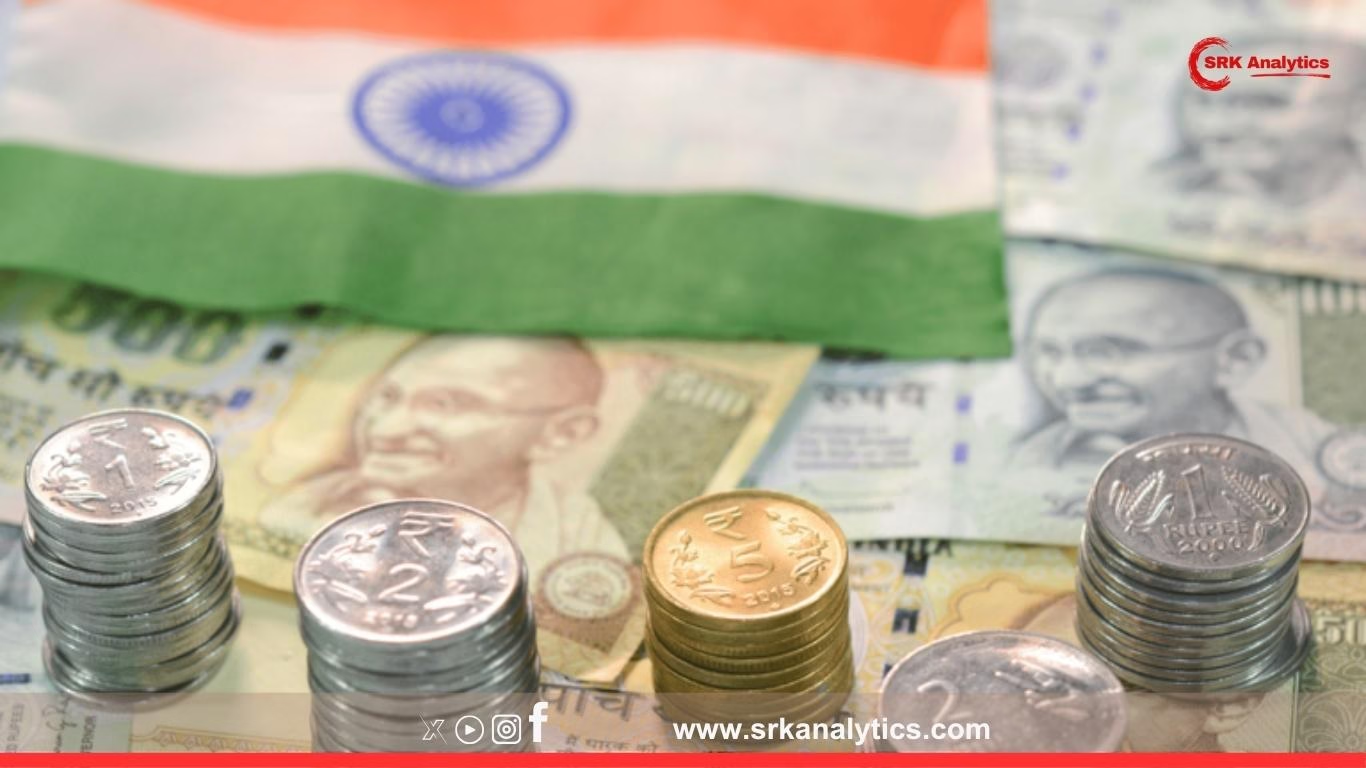A new industry report suggests that a potential bilateral trade deal between India and the United States could double India’s goods exports to the US over the next five years, unlocking significant economic gains and deepening strategic ties between the two democracies. The study highlights that tariff reductions, regulatory harmonisation, and streamlined customs processes can rapidly boost India’s manufacturing-led exports in sectors such as textiles, engineering goods, pharmaceuticals, and electronics.
Key Findings Of The Report
- India’s current goods exports to US stand at $110 billion (FY24 provisional), accounting for approximately 18% of total Indian exports.
- A trade agreement could raise exports to over $220 billion by FY30, driven by tariff removal, greater market access, and supply chain integration.
- Labour-intensive sectors such as apparel, leather, and gems & jewellery are expected to gain the most in relative terms.
- Capital-intensive sectors like chemicals, pharmaceuticals, electronics, and machinery will benefit in absolute value terms.
- Services exports, already strong at ~$45 billion annually, could rise moderately through improved mobility and digital trade facilitation.
India-US Goods Trade Snapshot
| Year | India’s Exports to US ($ billion) | India’s Imports from US ($ billion) | Total Bilateral Trade ($ billion) |
|---|---|---|---|
| FY20 | 54 | 35 | 89 |
| FY22 | 76 | 43 | 119 |
| FY24 | 110 | 58 | 168 |
| Projected FY30 (with trade deal) | 220 | 95 | 315 |
Tariff And Market Access Gains
The report notes that India faces average US tariffs of 7-9% on apparel, 4-5% on leather, and 2-4% on jewellery, which could be eliminated under a bilateral agreement, making Indian products more competitive against rivals such as Bangladesh, Vietnam, and Mexico.
Sector-wise Export Growth Potential (Under Trade Deal)
| Sector | FY24 Exports ($ billion) | Projected FY30 Exports ($ billion) | CAGR (%) |
|---|---|---|---|
| Apparel & Textiles | 13 | 25 | 11 |
| Leather & Footwear | 1.8 | 3.5 | 12 |
| Gems & Jewellery | 10 | 19 | 10.5 |
| Pharmaceuticals | 9 | 18 | 12.2 |
| Chemicals | 6 | 13 | 13.5 |
| Electronics & Machinery | 8 | 16 | 12.8 |
| Engineering Goods | 14 | 28 | 12.3 |
| Others | 48 | 97 | 12 |
Industry Reactions
- Ajay Sahai, DG & CEO, FIEO:
“A trade deal will address non-tariff barriers, streamline standards compliance, and improve logistics facilitation, particularly for MSME exporters.” - Dr. Arpita Mukherjee, Trade Economist:
“India must ensure strong labour and environmental standards alignment to meet US conditions under any trade agreement.” - Rajan Navani, Chairman, CII US Council:
“Electronics manufacturing and EV components are emerging sectors that can benefit significantly from duty-free access to the US.”
Potential Challenges
- Regulatory Alignment:
Harmonising standards in pharmaceuticals, food processing, and electronics will require compliance upgrades and bilateral certifications. - Intellectual Property (IP) Issues:
US demands on data exclusivity and stronger IP protections may conflict with India’s public health objectives in pharmaceuticals. - Agricultural Access Concerns:
Domestic farmers’ groups in India remain wary of import surges if agricultural markets are opened under a trade pact. - Labour and Environmental Provisions:
US trade deals increasingly mandate compliance with international labour conventions and environmental safeguards, needing regulatory alignment in India.
Strategic Context
The report highlights that the India-US trade deal gains strategic salience amid global supply chain realignments and the two nations’ focus on reducing dependence on China for critical goods.
| Initiative | Objective |
|---|---|
| iCET (Initiative on Critical and Emerging Technologies) | Collaboration on semiconductors, AI, quantum tech |
| Quad Supply Chain Resilience | Diversify away from China-dominated supply chains |
| Indo-Pacific Economic Framework (IPEF) | Establish high-standard rules for digital trade, decarbonisation, labour standards |
Recent Developments Strengthening Bilateral Trade
- Semiconductor cooperation agreements with Micron, Applied Materials, and Lam Research for India’s fabrication ecosystem.
- Defence manufacturing tie-ups under the India-US Initiative on Critical and Emerging Technologies.
- Relaxation of US visa caps for Indian professionals under bilateral mobility discussions.
Expert Forecasts
- World Bank: India-US bilateral trade could surpass $500 billion by 2035 under a comprehensive economic partnership.
- Moody’s Analytics: A trade deal will enhance India’s export competitiveness, support manufacturing-led GDP growth, and attract supply chain investments.
Policy Recommendations From Report
- Negotiate sectoral fast-track agreements in textiles, pharma, and engineering goods to realise early gains.
- Strengthen logistics infrastructure to reduce turnaround time and improve reliability for time-sensitive exports.
- Invest in standards compliance capacity building for MSMEs.
- Expand Indian export credit and insurance facilities to de-risk exporters venturing into high-value contracts.
Conclusion
A potential India-US trade deal holds the promise of doubling India’s goods exports to its largest trade partner within five years, catalysing employment, technology transfer, and manufacturing competitiveness. However, success hinges on strategic negotiation, regulatory alignment, and robust policy support to leverage the global market access effectively.
Disclaimer: This news report is for informational purposes only and does not constitute trade or investment advice. Readers are advised to consult official government notifications, trade policy experts, and economic advisors before making any decisions based on this report. The publication is not responsible for any business, trade, or investment decisions taken based on the information presented.











